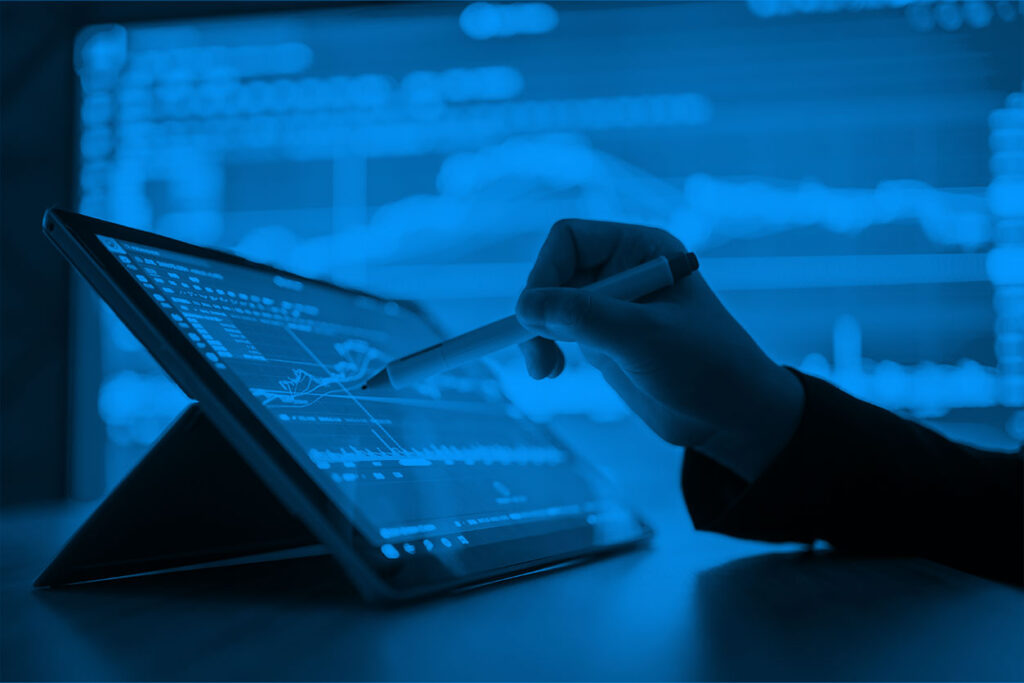What is Margin and Leverage in Trading?

What is margin?
Traders use margin to buy more stock than they would normally be able to (or afford to do). Margin is then used to create leverage to enter larger trades or open larger positions, in a bid to magnify gains.
Open margin account
In order to trade with margin, investors must first open a margin account with a broker. An initial deposit is required and is set by the broker as a percentage of the full position you wish to open (e.g. 2% or 5%). This can be referred to as the margin required or margin requirement. Not all securities are eligible for margin borrowing and because margin is essentially a loan from your broker, traders must pay the margin back with interest. The term margin is used in many forms when trading forex or other financial assets.
- Margin required: This refers to the deposit required to open any position and is expressed in percentages (2% or 5%).
- Account Margin: This is just your trading account balance.
- Used margin: The amount that is reserved by your broker to keep a position open.
- Free margin: The amount of funds in your trading account that is available for new trades or to open new positions.
- Margin call: This isn’t a friendly term. It’s when your losses exceed the amount of amount in your trading account.
What is leverage?
Leverage allows traders to open larger positions by using the margin as collateral or more simply, a safety net. To determine how large your position is, leverage is expressed as a ratio.
Examples
For example, a 2:1 leverage means your position is twice the size of your trading account. So, if you have $10,000 in your trading account, you will have exposure of up to $20,000 to buy or sell. But that doesn’t mean you have to trade the full balance in one transaction. As another example, say you wish to only use $1,000 from your trading account to buy or sell a financial asset and you opt for a 100:1 leverage. Then, you would have exposure to $100,000 in trade value (100 x $1,000). If you want exposure to $100,000 but don’t want to leverage your funds and therefore traded 1:1, you would have to deposit the full amount to trade.</p>
Eightcap offers leverage on trading accounts from 1:1 up to 500:1. Forex instruments generally offer more leverage than stocks due to higher liquidity, which is why the forex market is so popular.
How to calculate margin and leverage?
Traders must decide on the leverage they wish to use before they can open a position and calculate the margin required. When trading currency pairs, exchange rates must also be taken into consideration. Thus, to calculate the margin requirement in forex, the following formula can be used:
Trade size x current price x margin percentage = margin requirement.
So, if you wanted to buy 100,000 Euros at $1.35 USD and your broker’s margin is 2%, the formula would look like this:
100,000 (euros/units) x 1.35 USD (price) x 0.02 (2% margin) = $2,700 USD.
Being an example only, this formula can be changed to suit your trade size, price and margin percentage, to determine your required margin (deposit).
Benefits and risks of using leverage in forex trading
Benefits
Traders use leverage to open larger positions and control bigger trades without needing a big bank balance. With margins as low as two per cent, using leverage means retail traders can afford to open bigger positions. The benefit of using leverage in forex trading is simply to boost profits. If a position moves in your favour and your leverage is 2:1, your profits would be double that of a 1:1 position.
Risks
However, leverage is a double-edged sword and if a position moves against your favour, then you could end up losing more than your initial deposit. The bigger the leverage, the more you risk losing, particularly if the market moves fast or there’s a gap between the prices. If there’s a sharp decline and you lose more than your trading account balance, the broker will issue a margin call. This means the trader must pay the loss owed. Failure to do so will result in forced liquidation of the trader.
Leverage amounts
Depending on the broker, leverage ratios can vary on the forex pairs or financial assets available to retail traders. Eightcap offers a range of different leverage options, ranging from 1:1 up to 500:1. On a leverage size of 500:1, you can use $1,000 to control a $500,000 trade.
All trading accounts opened with Eightcap are automatically set to a leverage of 100:1 although clients have the option to change this. To help traders minimise risk, Eightcap has specific leverage restrictions in place and is displayed in the table below.
| Available Leverage | Min. Account Equity | Max. Account Equity |
| 500:1 | $500 | $5,000 |
| 400:1 | $500 | $10,000 |
| 300:1 | $500 | $50,000 |
| 200:1 | $500 | $100,000 |
| 100:1 | $100 | $100,000+ |
| 50:1 | $100 | $100,000+ |
| 25:1 | $100 | $100,000+ |
| 1:1 | $100 | $100,000+ |

